1. A Movie Ticket
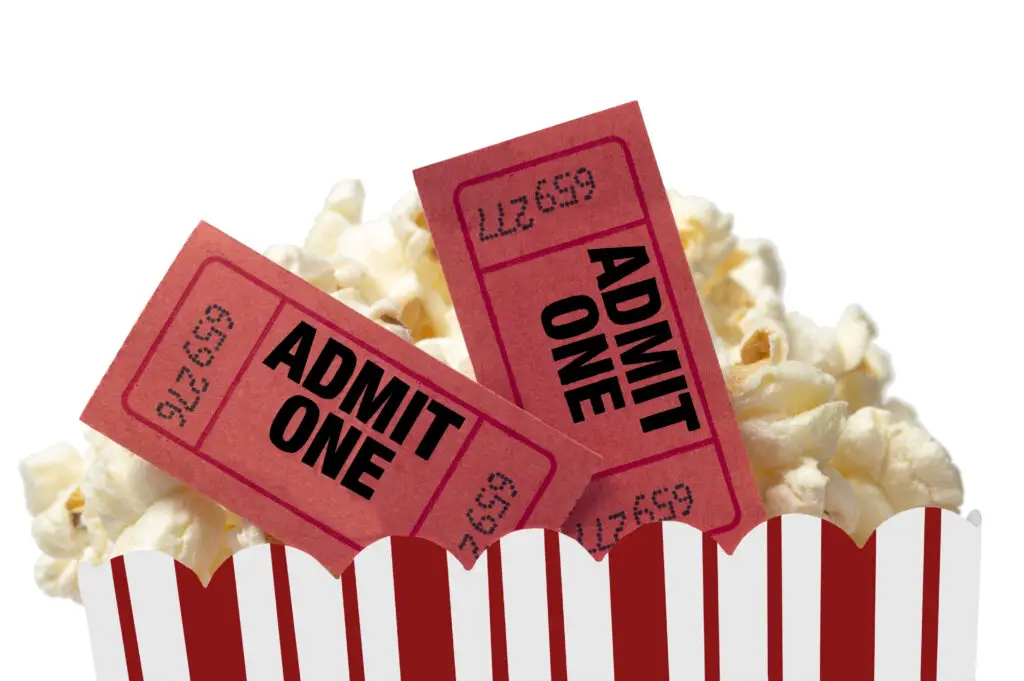
Back in the ’60s, a trip to the movies was an affordable outing, with tickets costing around a dollar—or even less in some places. You could grab a seat in a grand, single-screen theater with plush seats and a massive screen. Going to the movies was a big deal, and many theaters still had ushers who showed you to your seat. People would dress up for a night at the cinema, and double features weren’t uncommon says the Motley Fool.
These days, a standard movie ticket costs well over ten dollars, with some cities charging closer to twenty. If you want the full experience with reclining seats, IMAX, or 3D, expect to pay even more. Factor in snacks, and a simple trip to the movies can easily cost fifty dollars for two people. Theaters have upgraded in many ways, but the price tag has certainly followed suit.
2. A Gallon of Gas
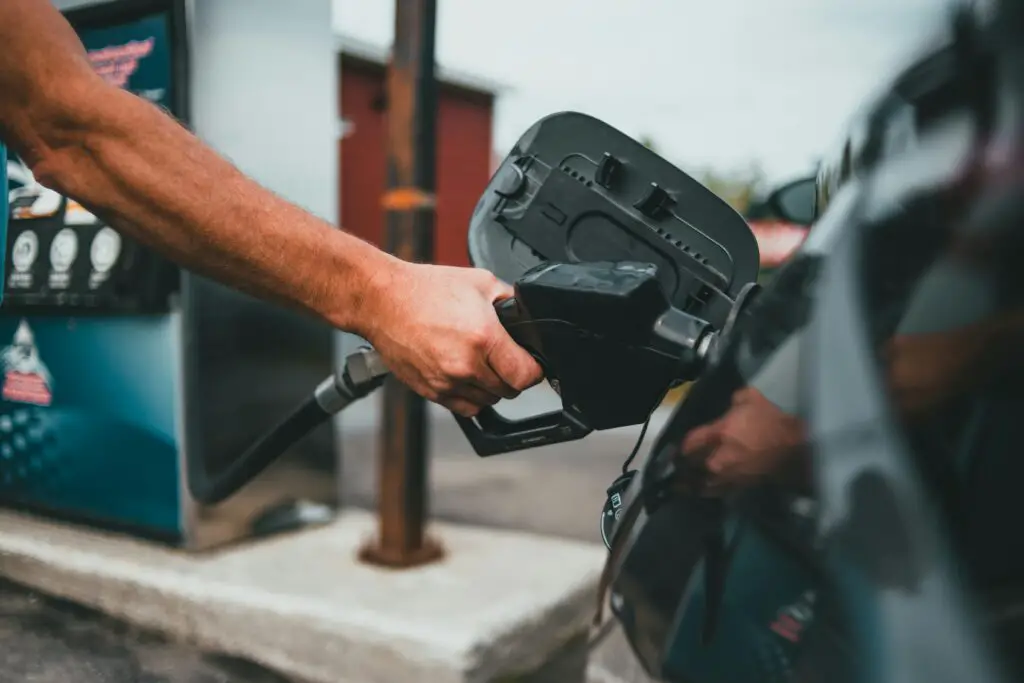
In the ’60s, you could pull up to a gas station, hand over a single dollar, and drive away with a full gallon—sometimes even getting change back. The national average price hovered around 30 cents per gallon, meaning a dollar could get you enough fuel for a decent cruise. With cars being less fuel-efficient back then, this was a necessity for long road trips. Gas stations often had full-service attendants who would check your oil and wash your windshield while you filled up says the Washington Post.
Today, gas prices fluctuate wildly depending on location, but you’re lucky if a dollar can buy a quarter of a gallon. Some places see prices well over four or five dollars per gallon, making road trips a pricey endeavor. Even fuel-efficient cars still require a hefty budget for regular fill-ups. If you told someone in the ’60s that a single gallon of gas would one day cost over ten times what they paid, they probably wouldn’t believe you.
3. A Pound of Coffee

In the ’60s, a dollar could buy you a full pound of coffee, enough to keep a household caffeinated for a while. Coffee was an essential part of daily life, and brands like Maxwell House and Folgers dominated grocery store shelves. Supermarkets often had coffee grinders so customers could get a fresh grind right there. People brewed their coffee at home instead of grabbing expensive to-go cups from cafés shares Roast Magazine.
Today, coffee prices have skyrocketed, with a standard pound costing anywhere from ten to twenty dollars, depending on the brand. Specialty blends and organic options can be even pricier. If you frequent coffee shops, a single cup might cost as much as that entire pound used to. While coffee is still a staple in most households, it’s certainly not the budget-friendly morning ritual it once was.
4. A Pack of Baseball Cards
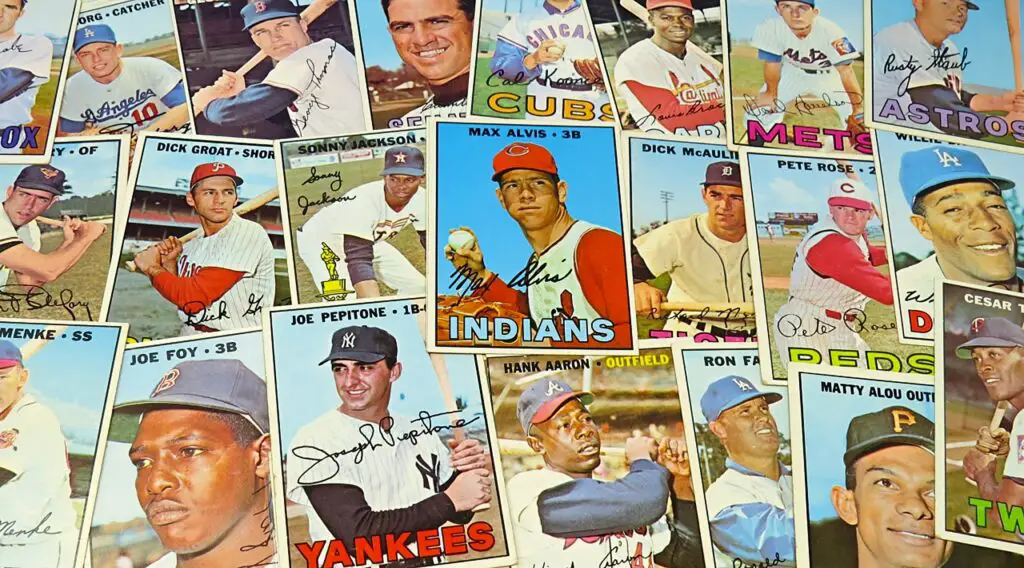
For a dollar in the ’60s, you could walk into a corner store and walk out with multiple packs of baseball cards, each containing a stack of cards and a stick of gum. Collecting cards was a major pastime for kids, who traded them on the playground and stored them in shoeboxes. Rookie cards of future Hall of Famers were casually tossed around, with little thought of their future value. The gum may have been stale, but the thrill of finding a favorite player made it worth it.
Nowadays, baseball cards have become serious collectibles, with some vintage packs selling for thousands. A single pack of modern cards can easily cost five to ten dollars or more. If you were lucky enough to hang onto some ’60s cards in pristine condition, you might be sitting on a small fortune. Those once-cheap childhood treasures have become highly sought-after investments.
5. A Vinyl Record
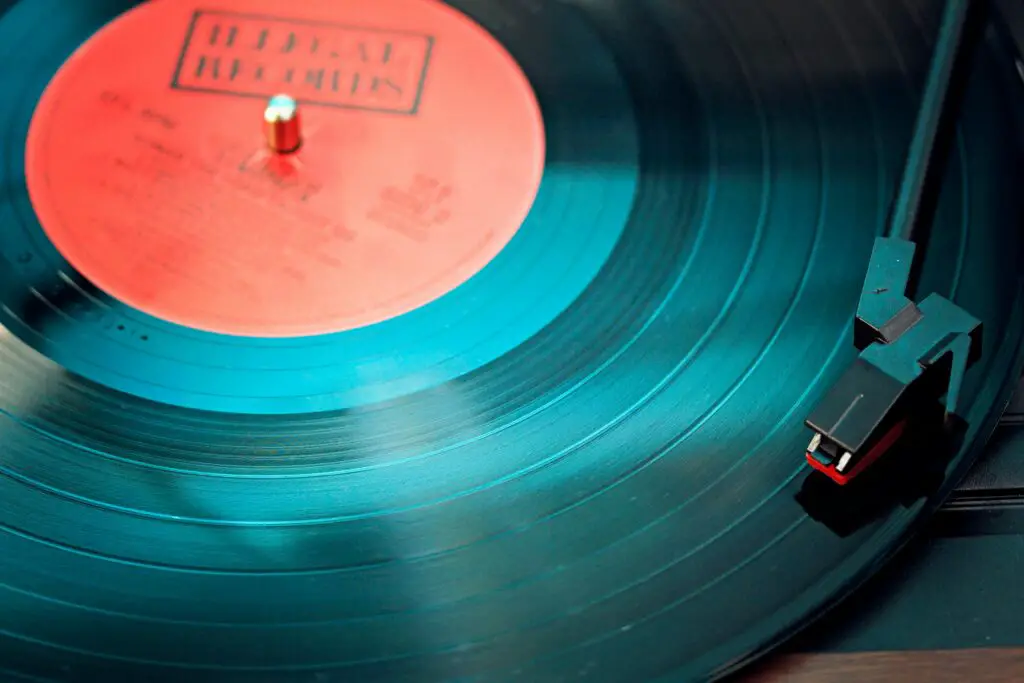
A crisp new vinyl record could be yours for about a dollar in the ’60s, allowing music lovers to build impressive collections without breaking the bank. Record stores were popular hangouts, where people flipped through bins to find the latest hits from The Beatles, The Rolling Stones, or Motown greats. Many homes had large console record players that doubled as furniture, filling the room with warm analog sound. Owning music meant physically holding it in your hands, not just streaming it.
Fast forward to today, and vinyl has made a massive comeback—but at a premium price. New records often sell for thirty dollars or more, and rare vintage pressings can cost hundreds. While digital music is convenient, many people are rediscovering the joy of vinyl, even if it costs way more than it used to. That dollar record from the ’60s might now be worth a small fortune to collectors.
6. A Pack of Cigarettes
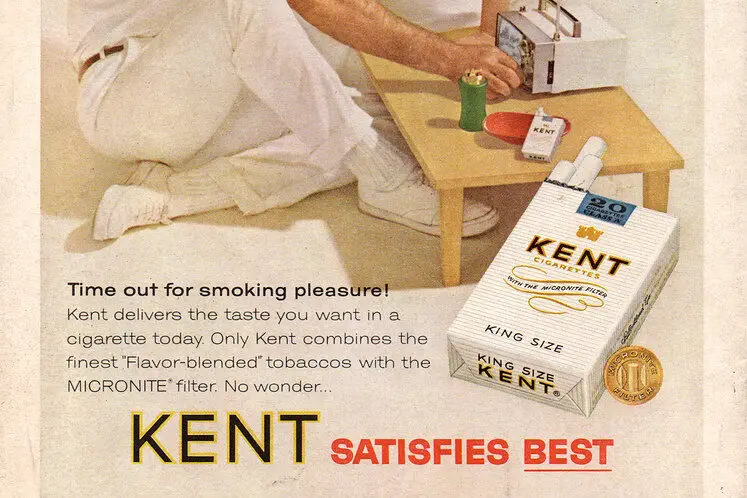
Smoking was far more common in the ’60s, and a dollar could easily buy you a full pack of cigarettes. It was an era when cigarette ads were everywhere, and doctors even appeared in commercials promoting certain brands. People smoked indoors, at work, on airplanes, and even in hospitals. Cigarettes were seen as stylish and sophisticated, with Hollywood stars making them look effortlessly cool on screen.
Today, cigarette prices vary by state, but in many places, a pack costs well over ten dollars. With heavy taxes and growing health awareness, smoking has become a much more expensive and restricted habit. Some smokers from the ’60s would likely be shocked at how costly their once-affordable packs have become. What was once an everyday purchase now requires a significant budget.
7. A Bottle of Coca-Cola
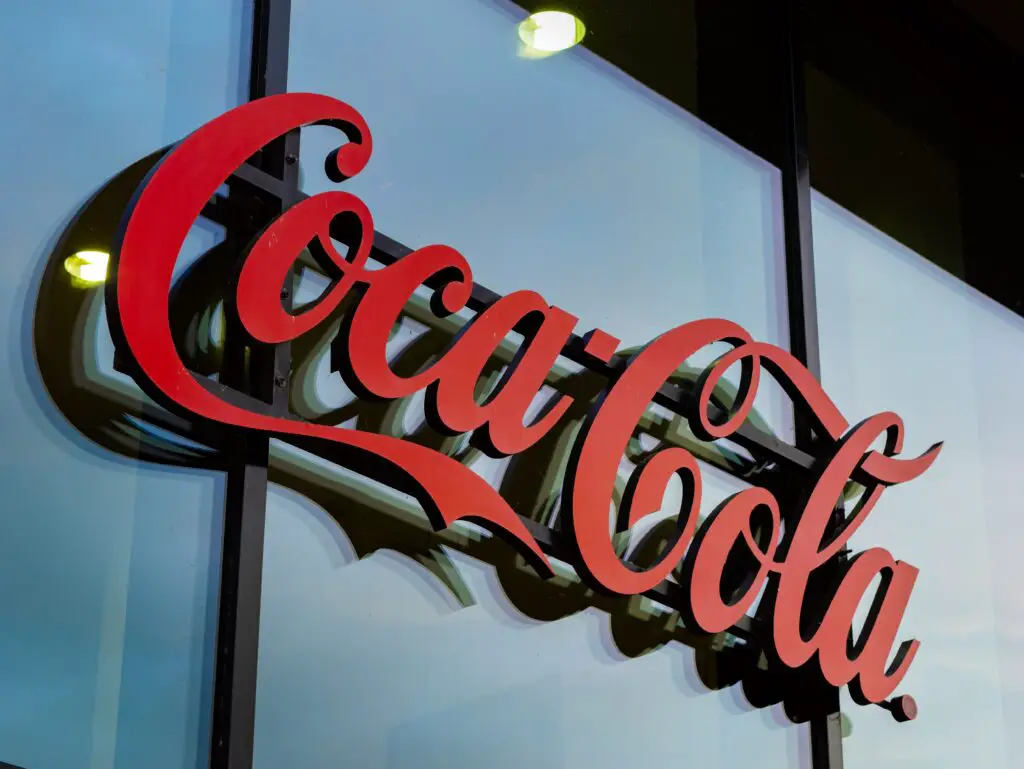
A dollar in the ’60s could buy you several bottles of Coca-Cola, back when they still came in classic glass bottles. Soda was a staple at diners, soda fountains, and backyard barbecues. Vending machines were stocked with ice-cold bottles for just a few cents. Many people returned the bottles to get a small deposit back, making the cycle even more budget-friendly.
Now, a single bottle of Coke can easily cost two or three dollars, especially if you’re buying from a vending machine. A six-pack will set you back significantly more than what an entire case once did. While Coca-Cola is still just as popular, the price of enjoying a refreshing soda has increased dramatically. That single dollar from the ’60s wouldn’t get you very far in the soft drink aisle today.
8. A Dozen Eggs
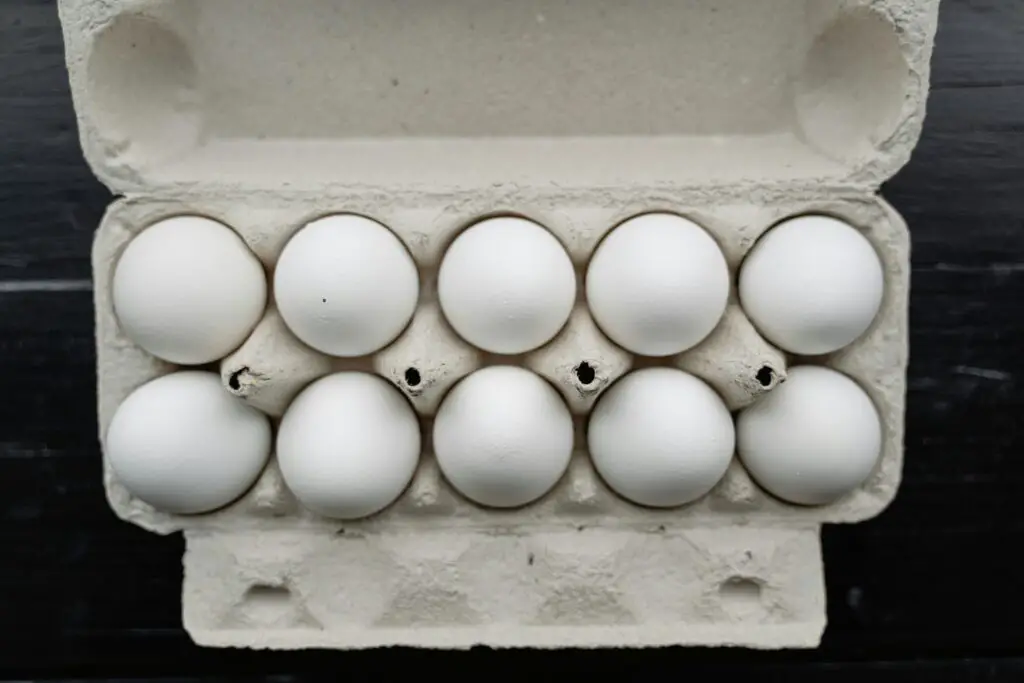
In the ’60s, a single dollar could easily buy a dozen eggs, sometimes with change to spare. Breakfast staples like scrambled eggs, omelets, and sunny-side-up plates were affordable for families. Grocery shopping felt like a completely different experience when basic essentials didn’t break the bank. Many households relied on eggs as a cheap and nutritious source of protein.
Nowadays, egg prices can fluctuate wildly, with a dozen often costing five dollars or more. During periods of shortages or inflation spikes, some prices have climbed to nearly ten dollars. Organic and free-range options are even pricier, making eggs far from the budget-friendly staple they once were. What used to be an inexpensive grocery item is now a luxury for some families.
9. A Cup of Coffee at a Diner
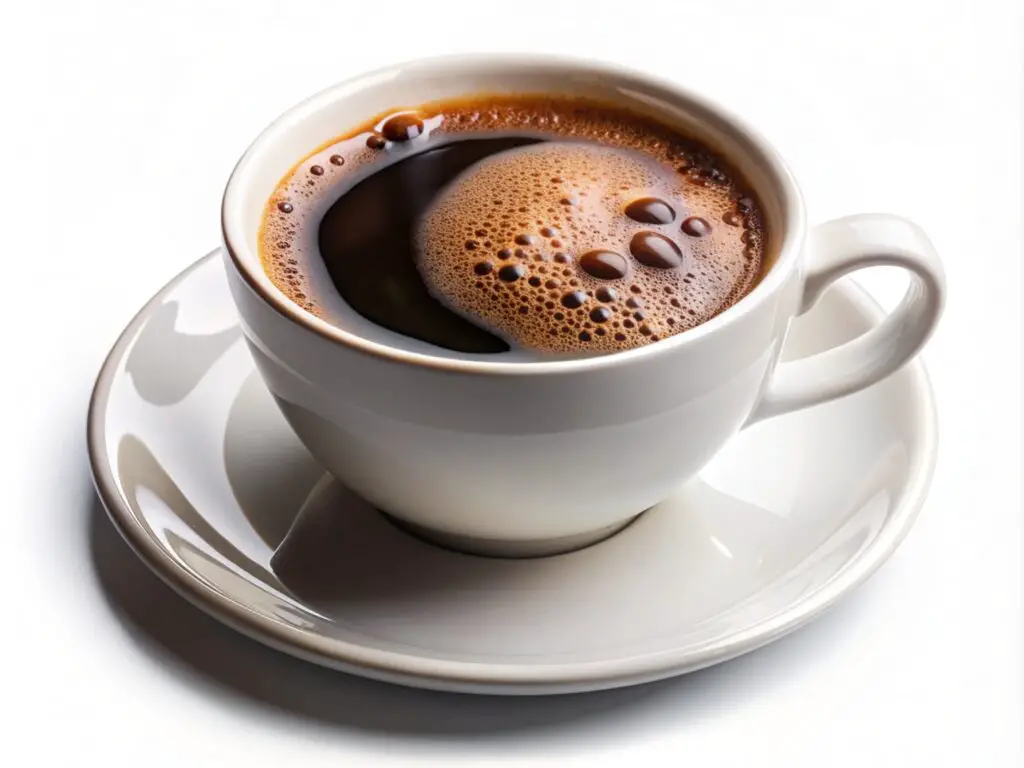
Walking into a diner in the ’60s and ordering a hot cup of coffee would only set you back about a dime, meaning a dollar could get you several refills. Diners were the heart of small-town America, where locals gathered for morning coffee and conversation. Waitresses constantly topped off cups, often without charging extra. Coffee was simple—no fancy flavors, no complicated orders, just a strong, black brew served in thick ceramic mugs.
Today, that same cup of coffee can cost anywhere from three to five dollars, even at a no-frills diner. If you prefer specialty coffee drinks, prices can climb well into the six- or seven-dollar range. Fancy lattes, cold brews, and seasonal flavors have transformed coffee into an expensive habit. That single dollar wouldn’t even cover the tip for a barista nowadays.
10. A New Paperback Book
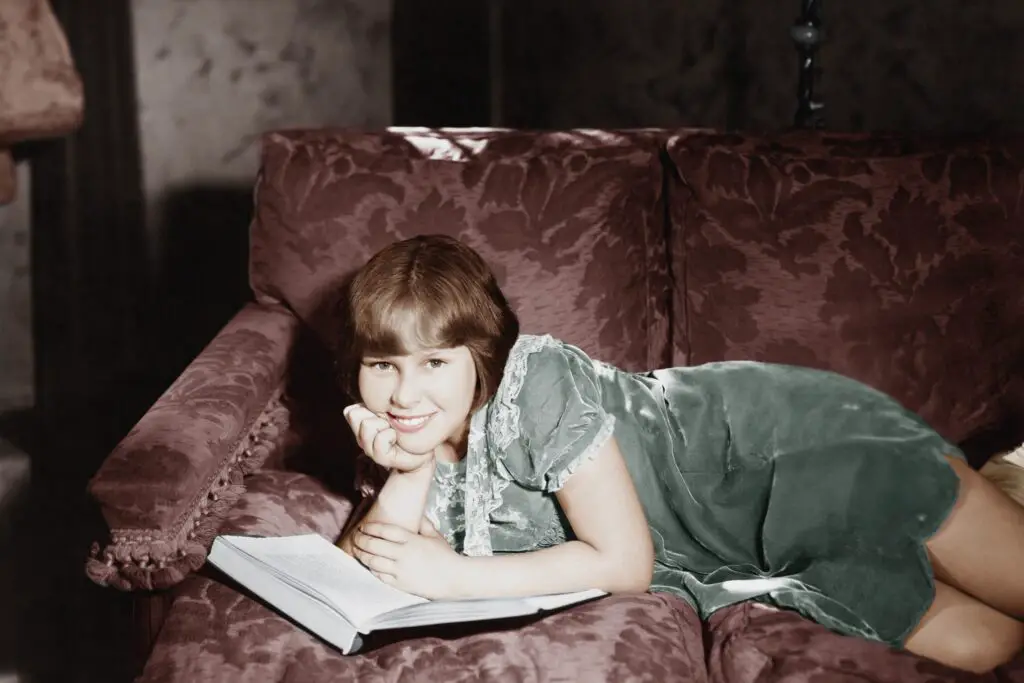
In the ’60s, a brand-new paperback book could often be found for around a dollar, making reading an affordable pastime. Drugstores and newsstands stocked racks full of bestsellers, mysteries, and romance novels. Paperbacks were cheap enough that people could pick up a new one every week without thinking twice. It was easy to build a personal library without spending much money.
Now, the price of a paperback book has skyrocketed, with many costing fifteen dollars or more. Hardcover editions are even pricier, often nearing thirty dollars. E-books and audiobooks have provided new ways to read, but they haven’t necessarily made books any cheaper. If you’re a frequent reader, buying new books regularly can add up fast.
11. A Loaf of Bread
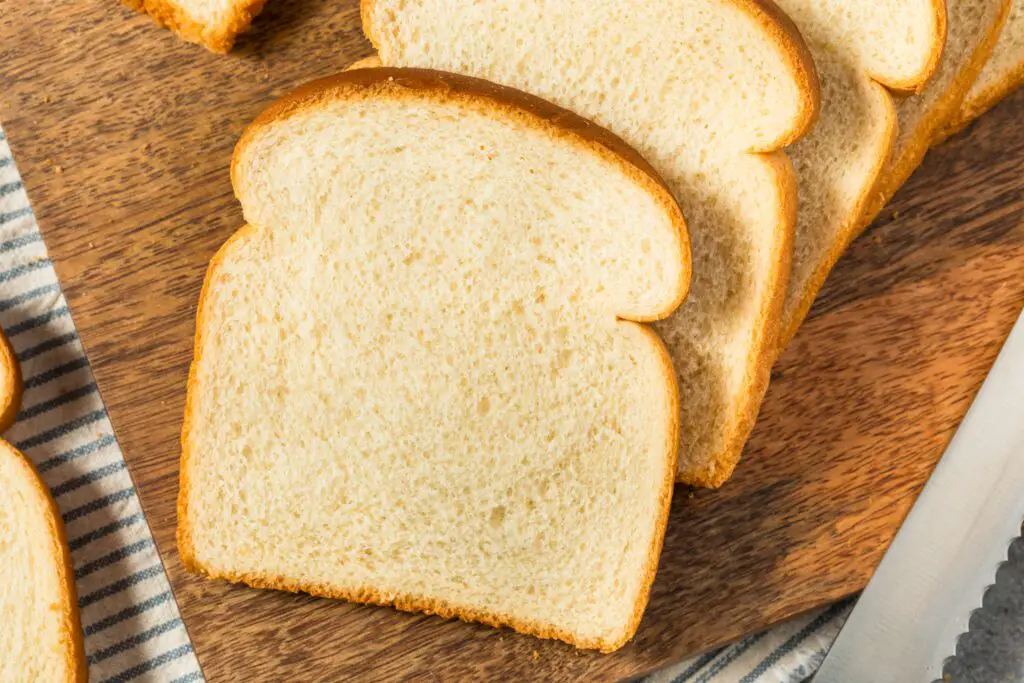
A dollar in the ’60s could buy multiple loaves of fresh bread, making sandwiches a cheap and easy meal option. Local bakeries and grocery stores sold fluffy white bread, and homemade loaves were common, too. Peanut butter and jelly, grilled cheese, and simple toast were everyday staples that didn’t require much spending. Bread was a necessity that most families never worried about affording.
Fast forward to today, and a single loaf of bread can cost five dollars or more, especially if you’re buying whole grain, organic, or artisanal varieties. Even basic white bread is far more expensive than it used to be. With prices constantly rising, something as simple as a sandwich isn’t as cheap as it once was. That single dollar wouldn’t go very far in the bread aisle now.
12. A Ticket to Disneyland
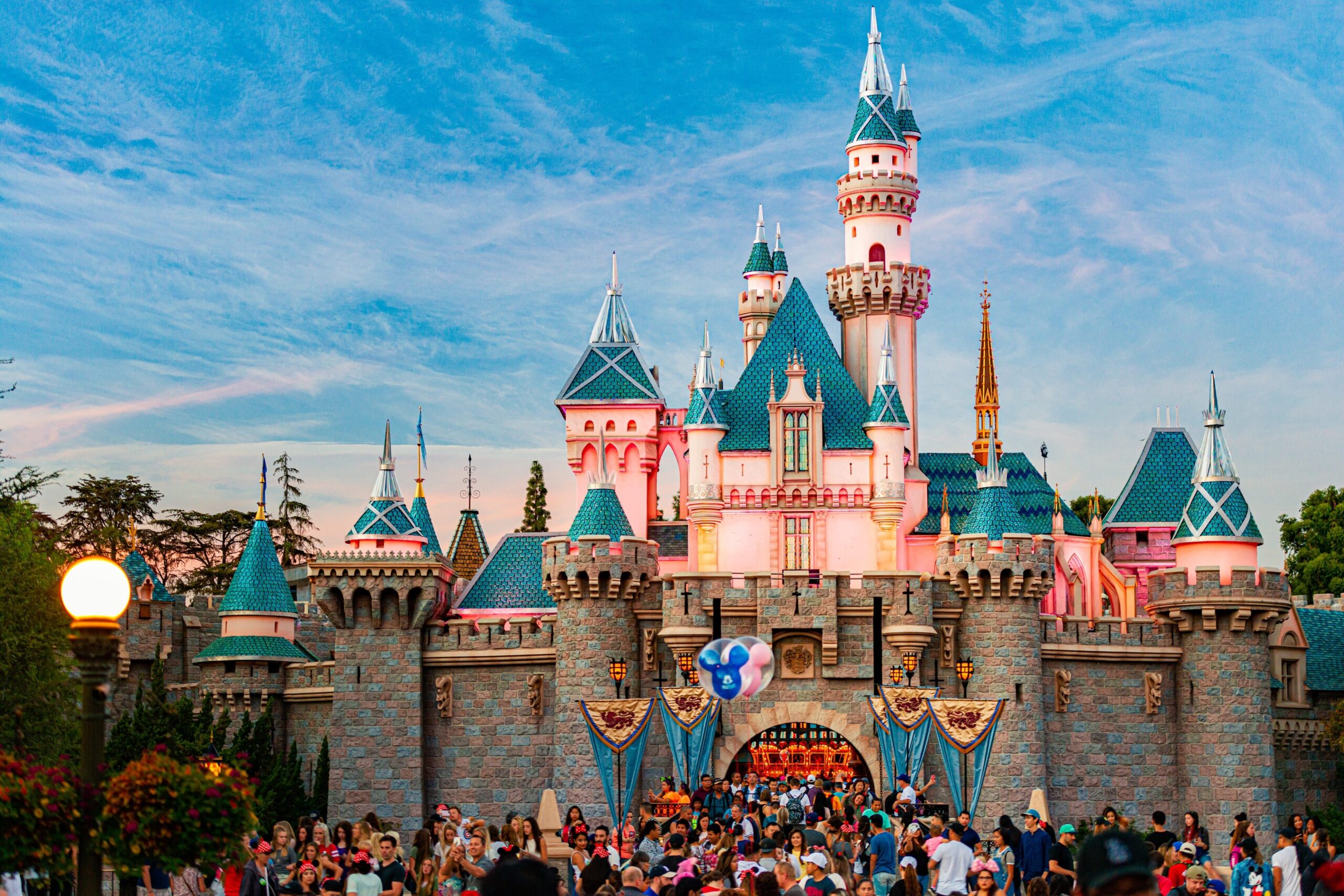
Visiting Disneyland in the ’60s was an affordable adventure, with park admission costing just a few dollars. A single dollar could get you a handful of ride tickets, allowing guests to experience the park’s best attractions. Families could enjoy a full day of magic without breaking the bank. Many people took annual trips, making Disneyland a regular family tradition.
Today, a single-day ticket to Disneyland costs well over a hundred dollars, with peak pricing sometimes exceeding $150. Add in parking, food, and souvenirs, and a family visit can easily cost several hundred dollars. Annual passes, once an affordable option, now come with hefty price tags and restrictions. That dollar from the ’60s wouldn’t even cover a bottle of water in the park today.
13. A Pound of Ground Beef
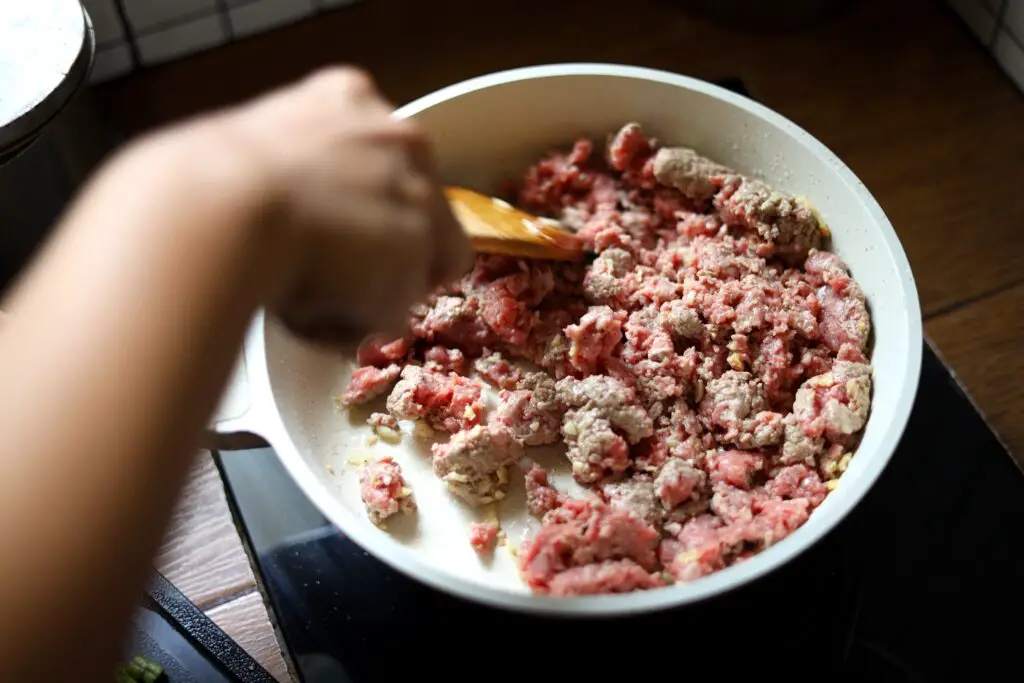
In the ’60s, a dollar could buy a full pound of ground beef, enough for a family meal. Hamburger night was a budget-friendly dinner, with homemade burgers, meatloaf, and spaghetti with meat sauce being common meals. Butchers at local grocery stores ground fresh beef daily, and customers could pick the exact cuts they wanted. Barbecues and family cookouts didn’t require a big grocery budget.
Today, the price of ground beef has surged, often costing five to ten dollars per pound depending on the quality. Organic or grass-fed beef is even pricier, making burgers and meatloaf more expensive meals. Rising meat prices have changed how people shop, with many looking for budget-friendly alternatives. That single dollar from the ’60s wouldn’t even buy a few ounces of ground beef now.
